Microstructures of Low-Dose He2+ and H+ Ion Irradiated UO2
- Name:
- Janne Pakarinen
- Email:
- [email protected]
- Phone:
- (208) 526-6918
| Name: | Institution: | Expertise: | Status: |
|---|---|---|---|
| Todd Allen | INL - Idaho National Laboratory | Project lead | Faculty |
| Jian Gan | INL - Idaho National Laboratory | TEM | Faculty |
| Lingfeng He | University of Wisconsin - Madison | FIB and TEM | Post Doc |
| Mahima Gupta | University of Wisconsin - Madison | EXFAS and data analysis | Graduate Student |
| Marat Khafisov | INL - Idaho National Laboratory | Thermal transport -experiments and modeling | Faculty |
- Experiment Title:
- Microstructures of Low-Dose He2+ and H+ Ion Irradiated UO2)
- Work Description:
- The proposed work includes TEM sample preparation and TEM of H+ and He2+ ion irradiated depleted UO2. The ion irradiations will be done (and have partially been done) at the Univeristy of Wisconsin-Madison by using 2.6 MeV H+ and 4 MeV He 2+ ions.
Eventually, the research will benefit DOE's goal of maintaining and enhanching Nation's nuclear infrastructure capacity to meet Nation's energy and environmental needs.
"Microstructure changes and thermal conductivity reduction in UO2 following 3.9 MeV He2+ ion irradiation" Janne Pakarinen, Marat Khafizov, Lingfeng He, Jian Gan, Anter EL-AZAB, Andrew Nelson, Chris Wetteland, David Hurley, Todd Allen, Journal of Nuclear Materials 454 2014 283-289 Link
"2.6 MeV proton irradiation effects on the surface integrity of depleted UO2" Todd Allen, Anter EL-AZAB, Jian Gan, Mahima Gupta, Andrew Nelson, Janne Pakarinen, Nuclear Instruments and Methods B 319 2014 100-106 Link
"Bubble Character, Kr Distribution and Chemical Equilibrium in UO2" Todd Allen, Anter EL-AZAB, Jian Gan, Mahima Gupta, Lingfeng He, Hunter Henderson, Michele Manuel, Andrew Nelson, Janne Pakarinen, Billy Valderrama, Journal of Nuclear Materials 2015 Link
About Us
The Nuclear Science User Facilities (NSUF) is the U.S. Department of Energy Office of Nuclear Energy's only designated nuclear energy user facility. Through peer-reviewed proposal processes, the NSUF provides researchers access to neutron, ion, and gamma irradiations, post-irradiation examination and beamline capabilities at Idaho National Laboratory and a diverse mix of university, national laboratory and industry partner institutions.
Privacy and Accessibility · Vulnerability Disclosure Program

